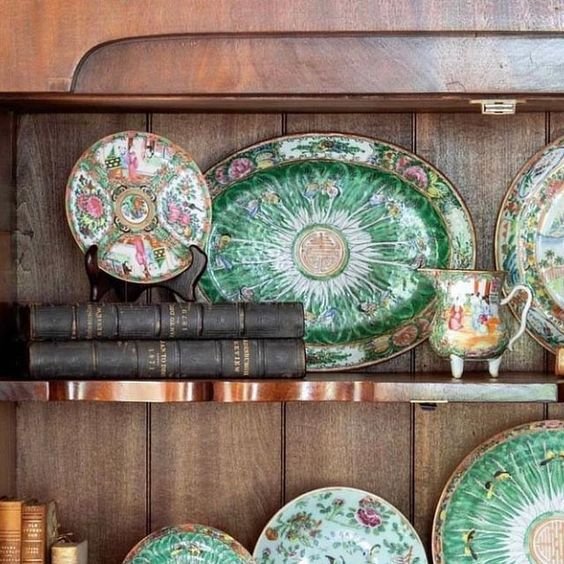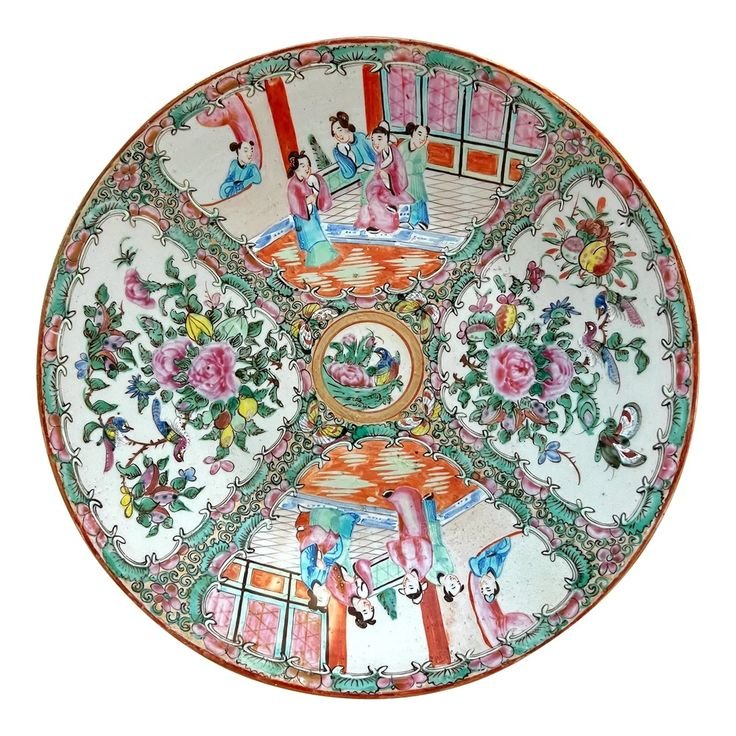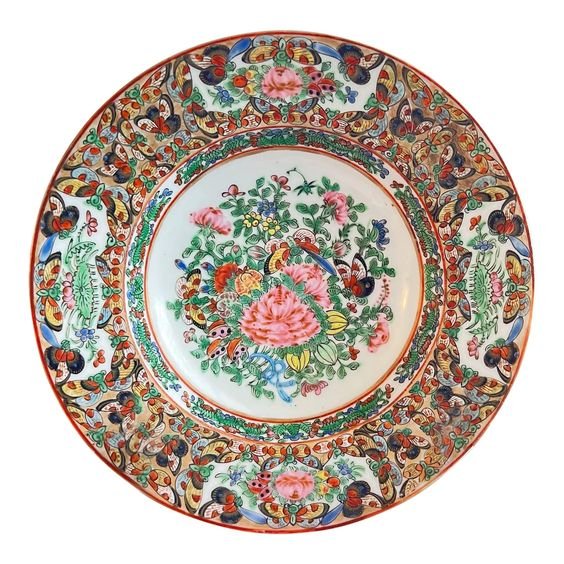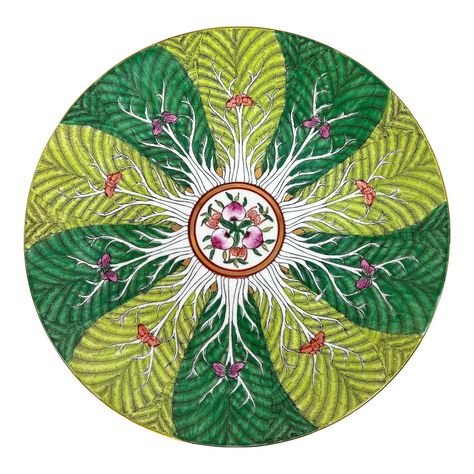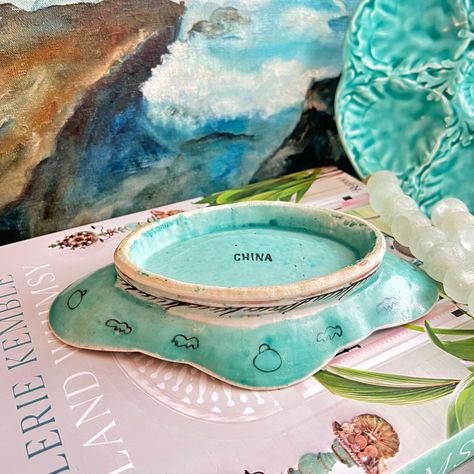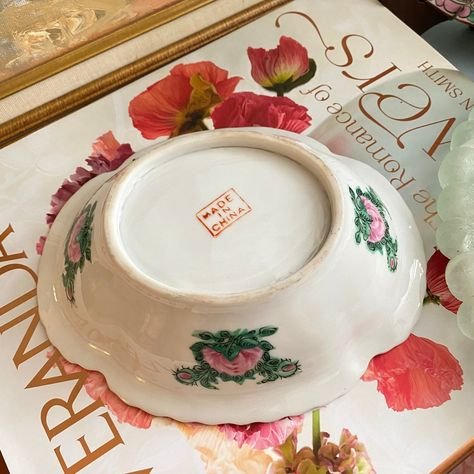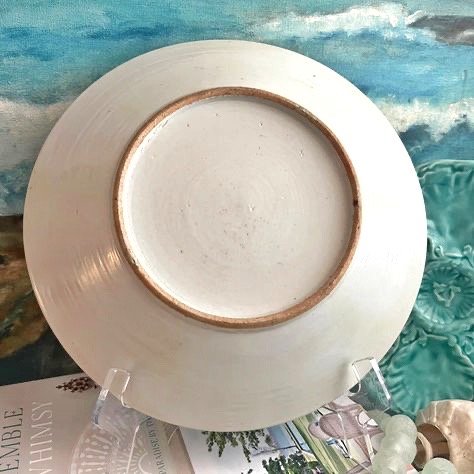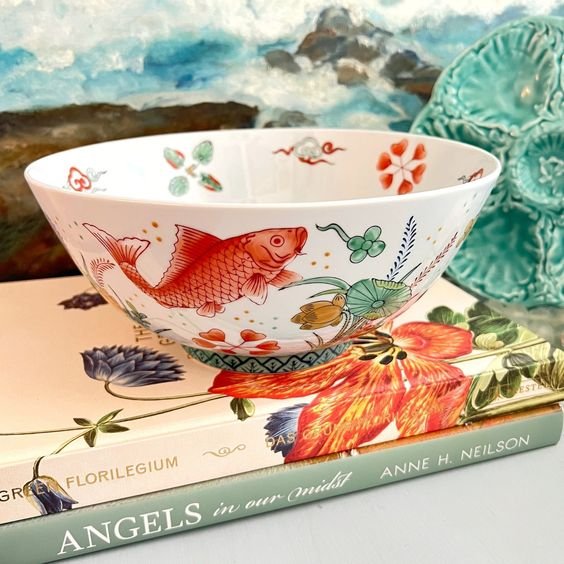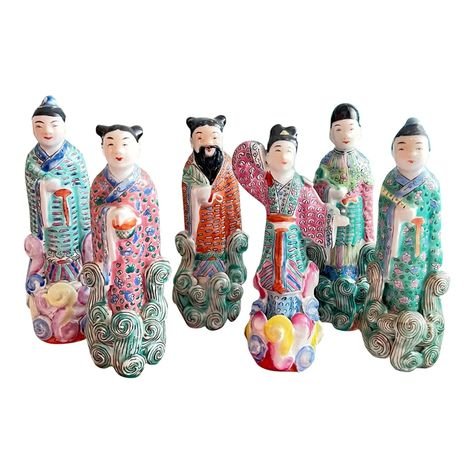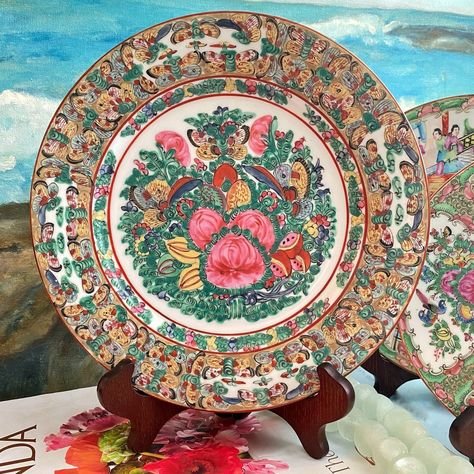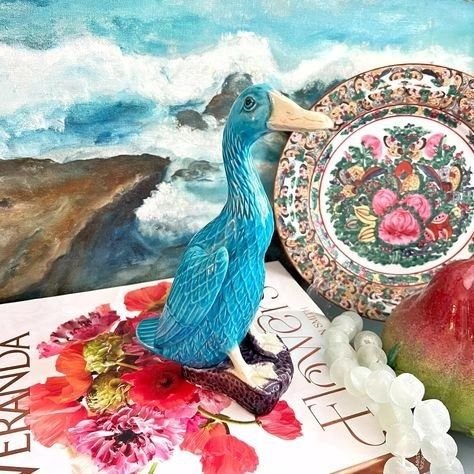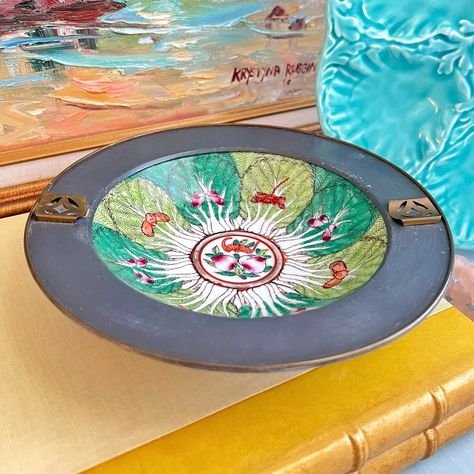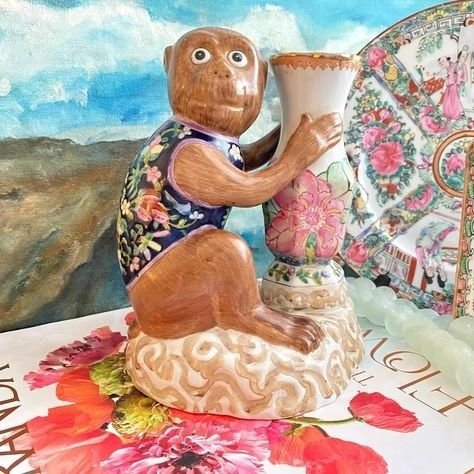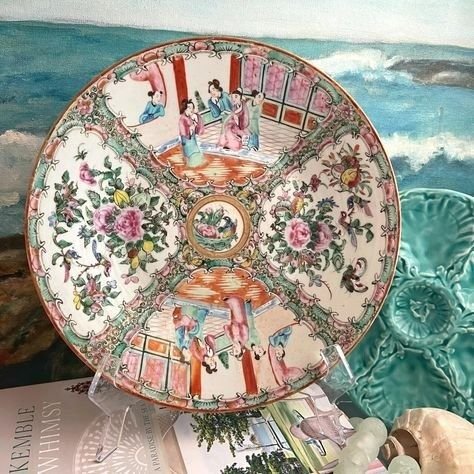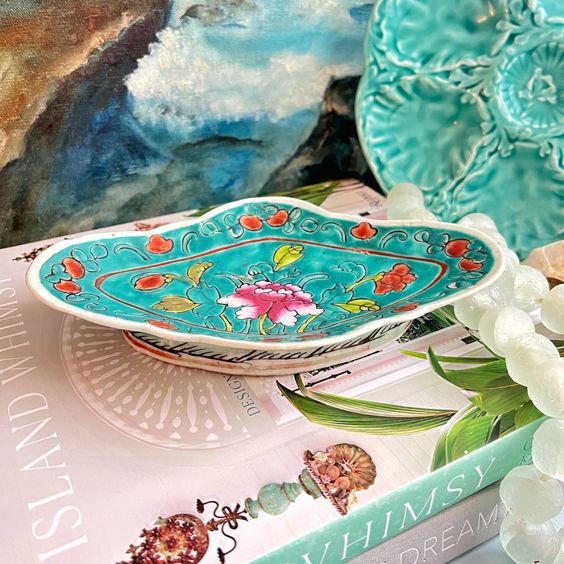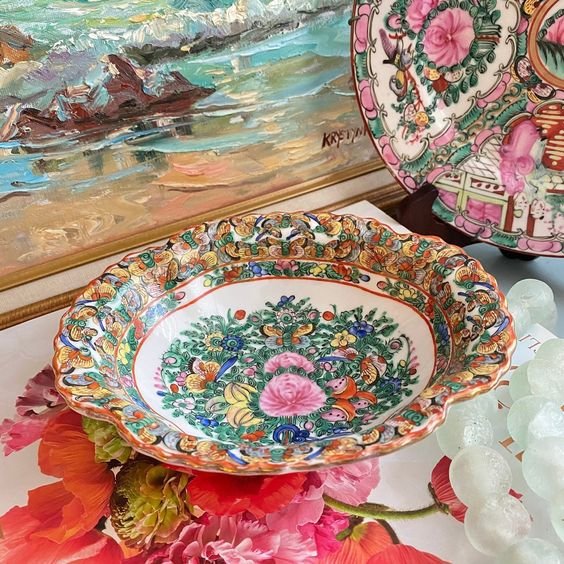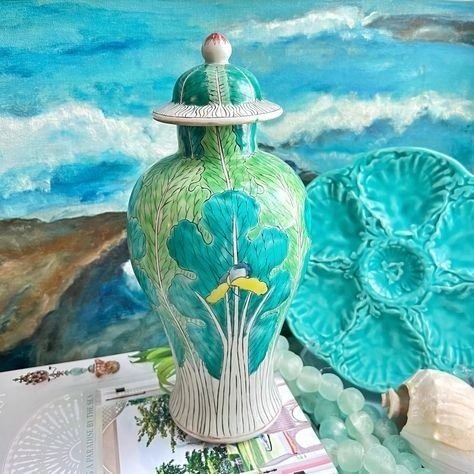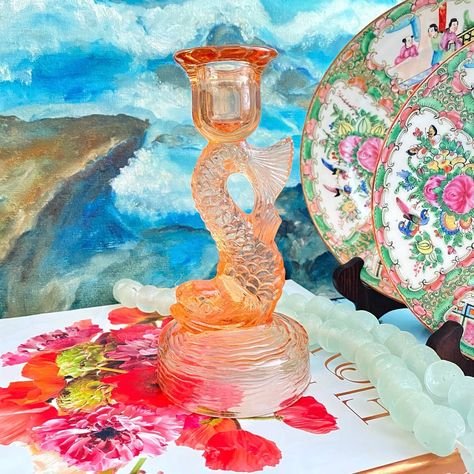Chinoiserie 101
Image via de Gournay
What is Chinoiserie?
Simply put, Chinoiserie is the European interpretation of Asian artistic traditions. It has been said that every room needs a touch of Asian decor—whether a simple accent piece or the overarching style, items inspired by Eastern culture are timeless.
Blue and White Porcelain
Perhaps one of the most popular and recognizable categories of chinoiserie is blue and white porcelain. China began exporting these iconic designs in the 18th Century and its influence can be seen throughout the history of design in Europe and beyond. For the novice, this is a great place to start as blue and white will go with almost any color scheme or style.
Famille Rose / Famille Verte
Image via House of York on Instagram
The more colorful Chinoiserie porcelain patterns usually fall into the categories of famille rose (pink shades) and famille verte (green shades). The most popular famille rose design seems to be the Rose Medallion pattern which incorporates alternating panels of flowers and/or birds along with scenes with human figures all centered around a central medallion. Rose Canton is another popular design incorporating themes from nature without human figures. Bok Choy is a famille verte design usually with leaves of bok choy fanning out from a center medallion with flowers and/or insects.
Age and Value
Determining the age and value of Chinoiserie porcelain pieces can sometimes be a bit tricky, but there are some general rules that will help based on the presence of markings on the base of the pieces. Beginning in 1890, imported pieces were required to be marked with the country of origin—these will often simply say “China”. After 1919, pieces coming into the United States were required to say “Made in China.” Pieces that are truly antique most likely will not have a mark. Another way to determine age is to look at the quality of the designs. Early designs were hand painted and will have a greater amount of detail. And as with any porcelain pieces, the unglazed portions on the base should have normal wear if authentically antique. Reproductions will often have a more even application of distress marks. While these details will help in determining age, they are not definitive as nothing replaces time and experience in seeing and handling pieces firsthand to determine authenticity and age. Pick up pieces, turn them over, look carefully at the details and with time you will begin to spot the differences. With that said, vintage and reproduction pieces still have value and can add that touch of Chinoiserie at a more moderate price.
Chinoiserie Wall Paper and Panels
Framed wallpaper panel by Gracie Studio / Interior design by Mark D. Sikes
The realm of Chinoiserie does not end with porcelain pieces. Another area of influence can be found in wonderfully intricate wallpapers and framed panels inspired by an Asian aesthetic. Whether framed and treated as a piece of art or filling a wall, these designs have a dynamic impact and can transform a room.
Chinoiserie wallpaper by de Gournay
Collecting Chinoiserie
If you would like to add a bit of Chinoiserie to your home, we have an estate sale coming next month where there will be a number of pieces available. In the meantime, here are some pieces currently available with more in our online store.




